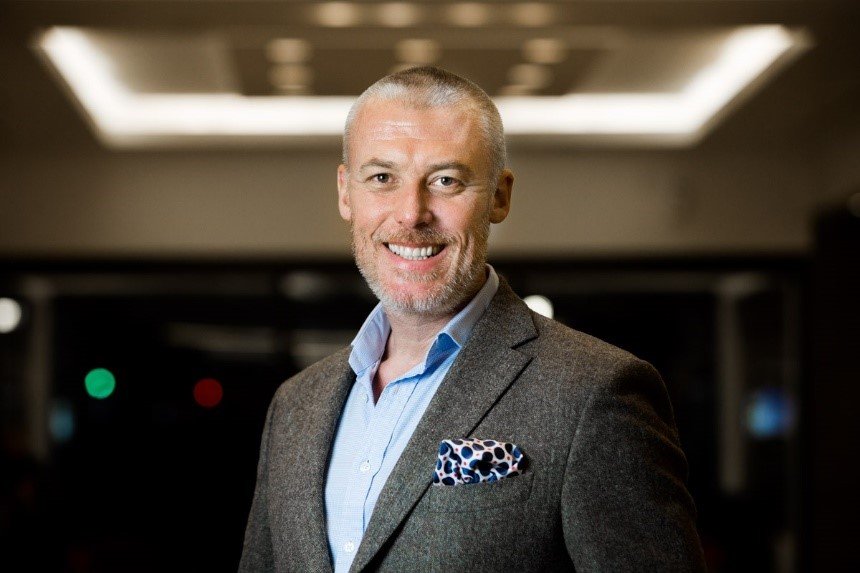Integrating Mindfulness in Management
The Buddhist philosopher Thich Nhat Hanh often writes about his early years as a monk in Vietnam, when he had the chore of washing dishes at the temple. He washed the dishes of over 100 other monks without hot water or soap – let alone a dishwasher. His efforts scrubbing with ashes from the fire and hand drying were made in haste, as he hurried to finish the task and return to something more engaging. In his book The Miracle of Mindfulness, he notes that even with the luxuries of modern technology, we approach dishwashing with much the same attitude: to get it over with.
“Mindfulness” is a term that garners 3.6 billion Google search results and is used broadly as a prescription for a variety of today’s ills—from social media addiction to insomnia. The practice of mindfulness seems deceptively simple: it calls one to simply be present and aware in the moment.
In a world preoccupied with “doing,” the popularity of a concept about “being” seems at first counterintuitive. Yet, through the chore of dishwashing, Thich Nhat Hanh illustrated how being and doing can harmoniously combine. By being present in a moment of doing work, we are not only better at the task, but we also bring peace and clarity of mind to ourselves and those around us.
The most effective leaders of the past two millenia have recognized the importance of mindfulness. Marcus Aurelius wrote in Meditations between 161 and 180 AD, “You have power over your mind – not outside events. Realize this, and you will find strength.” It is the most direct way to improve work performance, whether you are a crane operator or a Roman emperor like Aurelius.
Despite its straightforward directive, mindfulness may be more difficult to practice in our modern world than it was in the times of the Roman empire or even the 1940s of young Thich Nhat Hanh. The distraction of smartphone notifications, the expectation of multitasking, and the automation that allows us to cruise along on “autopilot” all act as obstacles to a clear mind and an acute awareness of the present.
Yet, today’s top leaders in health and safety still call upon these principles to improve their awareness, and thus improve the performance of their teams and safety of their work sites. In the book From Accidents to Zero, CEDEP Leadership & Safety Culture Programme Director Dr. Andrew Sharman recommends approaching “safety mindfulness” through traditional means like breath work: “Begin with a short breathing exercise, inhaling and exhaling slowly to a count of three: Inhale, one, two, three and Exhale, one, two, three.” Then, Sharman recommends slowly and deliberately embarking upon the task at hand by selecting the appropriate safety workwear; examining a work site methodically and thoughtfully before making conclusions; observing and understanding the perspective of a coworker before engaging her in meaningful dialogue; keeping one’s senses alive and engaged.
This can be done with a consideration of what the young monk should have done: moving his hand slowly over the dishes, feeling the warmth of the water, completing the task with accuracy, satisfaction, and in our case, safety.
The CEDEP Leadership & Safety culture programme is immersive, both in the classroom dynamic and the natural setting of Fontainbleau. This offers an environment ripe for a mindset shift. Harnessing the tools of mindfulness, CEDEP L&S participants learn how to facilitate behavioral change, positively influence their teams, and become a more aware, focused leader.
Dr Andrew Sharman is best-selling author of ten books on safety leadership and organizational culture, President of the Institution of Occupational Safety & Health (2019-2020) and and Founder and Chairman of the One Percent Safer Foundation. He is a professor at CEDEP and Director of the Leadership & safety Culture Programme.

